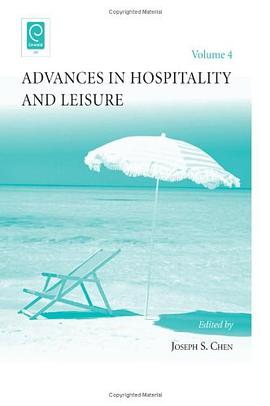
The idea that the microbial communities within the GI tract have a profound influence on general human health actually originated with Russian scientist Elie Metchnikov at the turn of the last century. Also known as the a oefather of immunologya, Metchnikov believed that putrefactive bacteria in the gut were responsible for enhancing the aging process. He theorized that ingestion of healthy bacteria found in fermented foods could counteract toxic bacteria and was the key to good health. His theories concerning good bacteria and health can be found in his treatise a oeThe Prolongation of Life: Optimistic Studiesa . These writings prompted Japanese scientist Minoru Shirota to begin investigation of how fermentative bacteria improve health. He succeeded in isolating a strain of Lactobacillus that could survive passage through the intestine, while promoting a healthy balance of microbes. The a oeShirota straina is still used today in the fermented beverage Yakult. It is clear from a commercial standpoint that these ideas have inspired the development of a probiotic industry, which has expanded greatly in the U.S. over the past 5-10 years. Likewise, scientific studies investigating the microbiota and the immune system have increased significantly in recent years. This increase in research is also due to advances in technologies that enable the investigation of large microbial communities, a resurgence in gnotobiotic animal research, and improved methods for molecular analysis of probiotic bacterial species. Our interest in this area stems from our laboratory observations indicating that antibiotics and fungi can skew microbiota composition and systemic immune responses. Our initial baseof references upon which to develop further hypotheses concerning the mechanisms involved in microbiota regulation of immune responses was limited. However, in presenting the research at national scientific meetings and at universities across the country, the feedback and interest were overwhelming. It became clear that a book dedicated to current trends in investigating the GI microbiota was warranted. Dissection of the relationship between the microbiota and the immune system is currently being approached from a variety of angles that we have sought to incorporate into this book. This book opens with two general reference chapters, which provide an overview of current knowledge of gastrointestinal immunology and the commensal microbiology of the gut. Next are two chapters dedicated to current methodologies used to investigate the microbiota and host: molecular analysis of microbial diversity and gnotobiotic research. Both positive and negative interactions between the microbiota and the immune system can take place in the gut, with chapters dedicated to probiotics and intestinal diseases associated with unhealthy microbiota. Environmental factors play an enormous role in shaping the microbiota composition. Host, microbial, and dietary factors take part in a complex interplay, which provides many distinct and diverse research subjects. We have included a chapter discussing diet, functional foods, and prebiotics, which are dietary supplements used to specifically enhance the growth of beneficial members of the microbiota. Several laboratories are investigating how the different members of the microbiota communicate with each other and with the immune system. A chapter reviewing howbacteria sense and respond to signaling compounds in the gut environment provides insight into the signal transduction pathways that mediate interactions between the host and microbiota. A highly detailed and well-investigated model of bacterial-host symbiosis provides an immense amount of background and insight for the developing field of host-microbiota studies. We have included a chapter reviewing the unique interactions that take place in a non-mammalian system, the Squid-Vibrio model. Finally, we close the book with two chapters outlining current hypotheses concerned with redefining our understanding of the relationship between microbes, disease, and the basic mechanisms of immune system function.
具体描述
读后感
评分
评分
评分
评分
用户评价
相关图书
本站所有内容均为互联网搜索引擎提供的公开搜索信息,本站不存储任何数据与内容,任何内容与数据均与本站无关,如有需要请联系相关搜索引擎包括但不限于百度,google,bing,sogou 等
© 2025 qciss.net All Rights Reserved. 小哈图书下载中心 版权所有





















